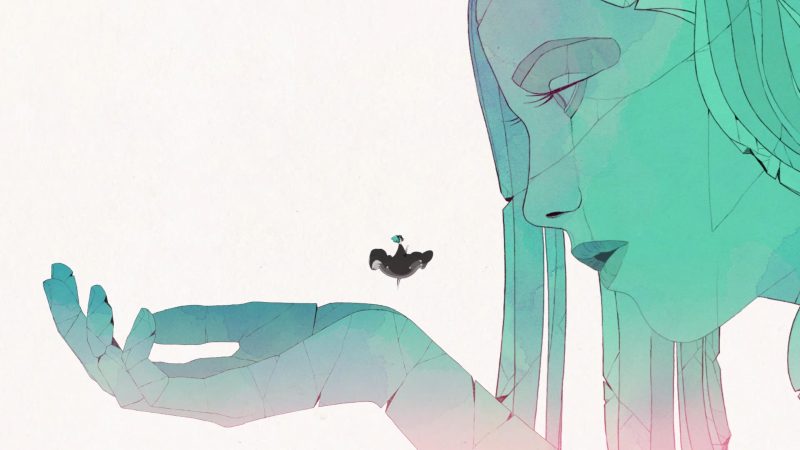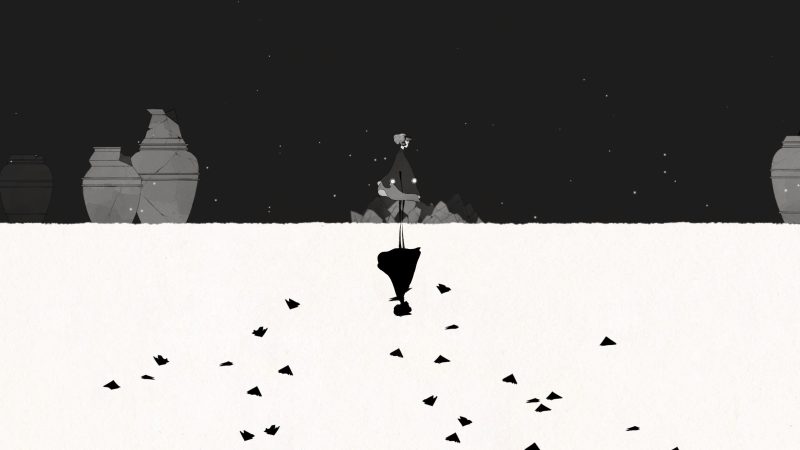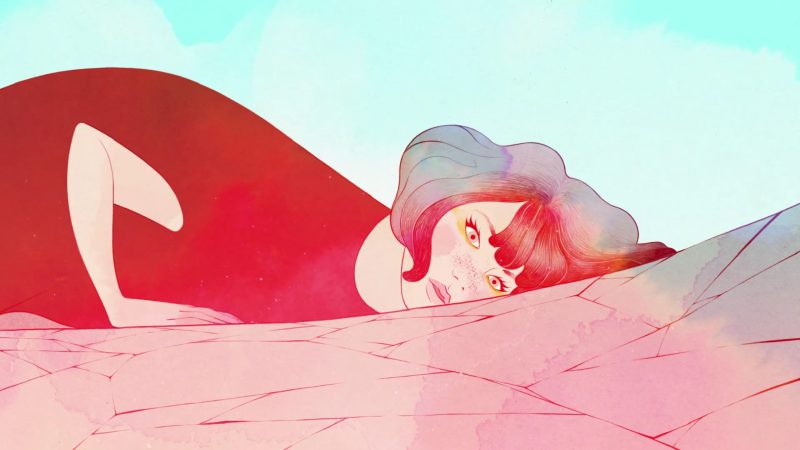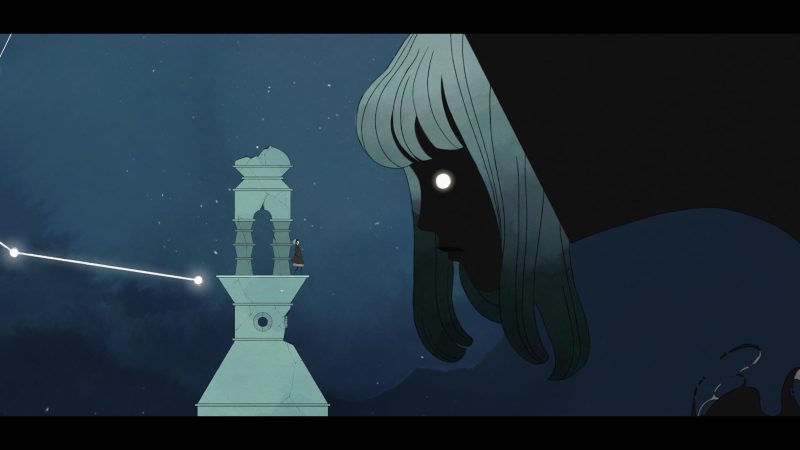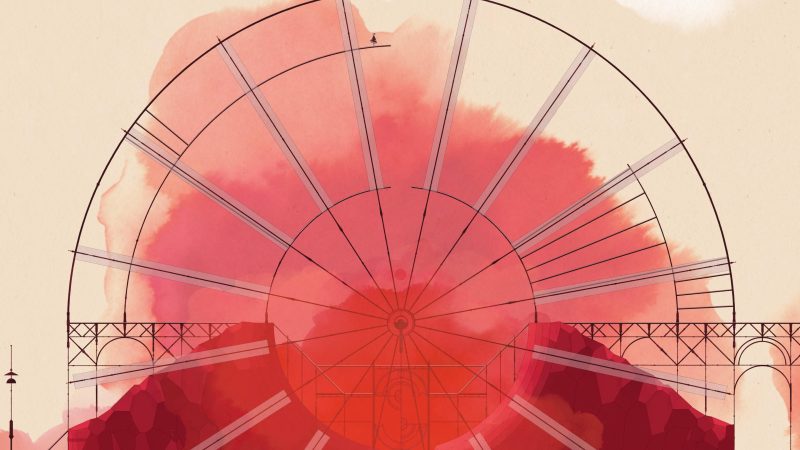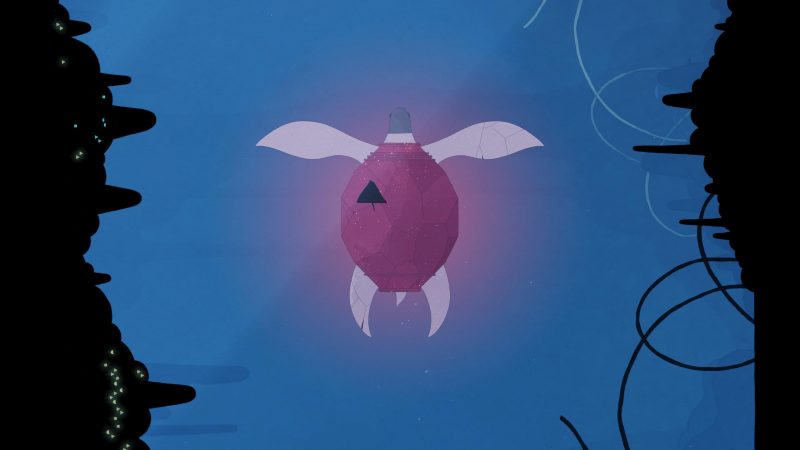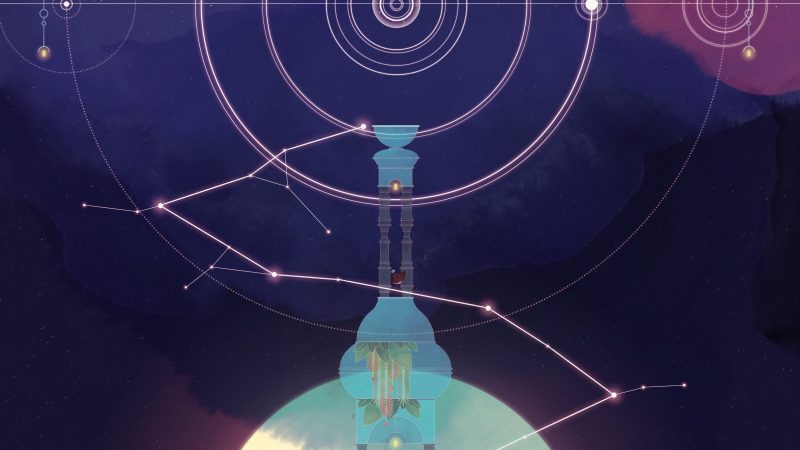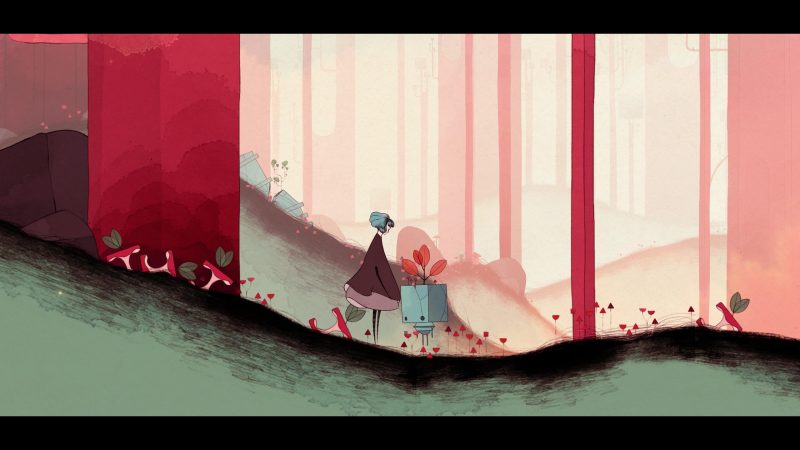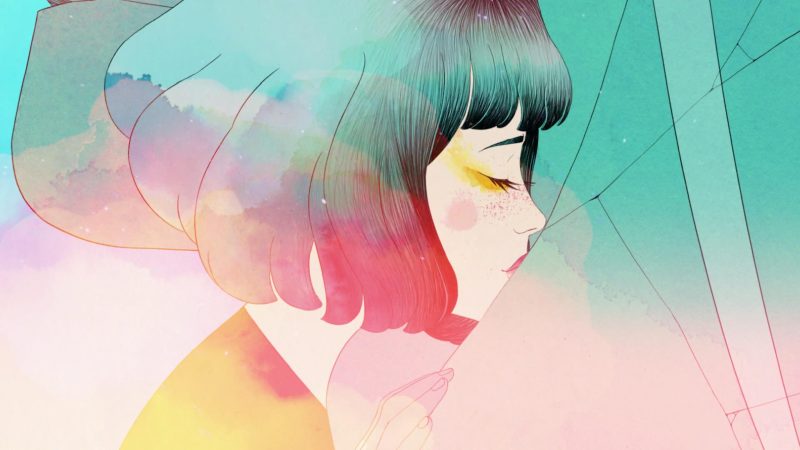Gris Review (PS5) – When Gris launched back in 2018, players and critics alike immediately identified it as an excellent expression of trauma and how we deal with the most troubling times in our life through a game.
Now, after over a million copies sold on multiple platforms, Gris has made its way onto PS5, and while you may have already played Gris through time and again, it’s worth at least one more playthrough on Sony’s latest console.
Not just from a visual standpoint, but in the many ways Gris is able to utilize the PS5’s feature set, I believe Gris on PS5 to be the definitive version to play of this beloved indie.
Gris Review (PS5) – The Definitive Version Of A Beloved Indie
Restoring What Was Broken
Despite Gris having been out since 2018, and on PlayStation since it came to PS4 in 2019, I’ve never played it until this review. Not for any particular reason, only that it has been one of those games I’d always meant to play but for one reason or another, never did.
Thankfully, just as I had unintentionally avoided playing Gris until now, I’d also avoided any actual spoilers, something that I was incredibly happy for only 20 minutes into my first playthrough.
Gris wastes no time pulling you into its world, as it opens to your playable character resting on a stone hand, who seconds later you watch fall a great length as the stone breaks and crumbles.
From there, your journey begins, and you slowly begin to uncover what exactly it is you’re meant to do. Gris doesn’t tell you anything directly other than instructions for what button a new power is assigned to, and even then it’ll only tell you one time.
That might sound like it could cause confusion, and in momentary instances it does, but I never found that to last very long. You soon understand that you’re restoring the world around you that looks to have been broken, and the more you explore, you begin to understand the deeper emotional levels to Gris.
Gris is about trauma – not just the experience of going through something traumatic, but the whole journey anyone takes, from the moment things seem to fall apart, to the moment when that trauma finally feels behind you, and though it’s never gone, you’ve rebuilt yourself and put the pieces back together, so you can move forward.
It’s a beautiful expression of what each phase of that journey can be like, using colours to represent the different phases of grief a person may go through on their way to finally moving past their issues.
Red for anger, Green for negotiating, Blue for depression, and Yellow for acceptance. Each time you bring a colour back to the world, you continue to restore what’s been broken, little by little.
Intentional Design
Bringing back each colour to the world helps restore things, but its not the full picture. You also collect fallen stars along the way, that also play a part in helping you platform your way forward in the game.
Collecting the stars also helps as a way to direct you to where you need to go next. And when you’ve collected them all, you’re able to follow them into the sky, onto whatever is next in your life, as the game ends and fades to white.
Everything in Gris is designed in such an incredibly intentional way that you’ll never be able to really find yourself losing the thread of what’s happening. Using colours to represent stages of grief, collecting fallen stars to put them back into the sky, so they can later help you move on.
Even how you move through each stage is intentional. Moving forward during the depression/blue stage means diving deep down to find a way up, and to keep rising during the acceptance stage.
To move forward in the anger/red stage is to do it slowly, but with perseverance. For the negotiating/green stage, you need the help of a small creature you meet in order to see the path for where to go next. You help the creature get a few tasty apples, they open the path for you.
You can almost see the through-line connecting every aspect of Gris with its theme and messaging, including the few times you interact with the darkness representing trauma in what could be called the game’s few boss encounters.
And I never felt like being aware of these intentions took me out of the experience, but rather every time something new came up, I was pulled in deeper through the joy of discovering another aspect of Gris that had meaning.
Falling For But A Moment
I’ve mentioned before that there are times while playing Gris, though they may be just moments, where you’re confused as to where you ought to go next. This happened most often for me while trying to collect the number of stars needed to create a bridge and a path forward, as you don’t really know what direction to go in to look for anything.
Left, right, up and down are always there in the traditional sense, but lacking any map or overall sense of direction, I could easily see many players losing their way for much longer than I did.
In many ways Gris is a very linear game, and though exploration isn’t discouraged at all, it isn’t exactly encouraged either through the gameplay or design. In fact I found myself more often choosing not to explore further after completing an area’s puzzle in order to avoid getting lost in the first place.
One key aspect of Gris however that does make exploration a lot easier to swallow if you don’t mind the slow backtracking you’ll be strapped with is how it is impossible to hit a fail-state in Gris.
There is no health bar, no death, no failure or frustration you’ll face that puts you back at the starting point of a whole level. If you fall, Gris will catch you, and you can try again.
Invigorating Your DualSense’s
Everything I’ve said so far about Gris is really only new if you, like me, have never had the pleasure of playing it until its PS5 release. But what makes the PS5 the absolute best place to play Gris is the DualSense controller.
While the haptic feedback plays a huge role in your immersion in the same way it does on many other games, the real star of the show among the DualSense’s many features utilized in Gris is the controller’s speaker.
The speaker definitely isn’t the first thing you might consider, but the little sound effects you’ll experience coming out of your controller, paired with the haptic feedback as you take in the stunning visuals on display just delivers a fuller experience, one that you can’t get on other consoles.
I know it sounds like a small thing, but I truly wouldn’t have reacted with the kind of joy I did when first hearing the sound you make when walking across a constellation of stars you collected to open up a path if it came through my headphones or tv speakers instead of my controller.
There’s almost like an increased intimacy that can be felt with each sound out of your DualSense, whether it’s just the sound of your steps or the sound of your playable character regaining her voice in the late-game stages.
A Beautiful Experience From Its First Moment To The Last
Through and through, Gris is a beautiful game. It’s an important game, that should be played by everyone with the opportunity to. It’s an amazing expression of how games can take us through deeply emotional experiences and reach out to the player with a shared understanding of the human experience.
Playing it on PS5 for the first time felt like a gift, thanks to how well utilized the DualSense’s features were, though they really only enhanced what already existed as a strong foundational experience.
Every part of Gris’s design is intentional and beautiful, though it is not just beautiful because it is intentional. It’s a work of art and should be celebrated as such, and is the kind of game that should be played and experienced by as many people as possible.
Something that can’t be said about every game but that is true about Gris is that I’ll always be deeply thankful for having played it. And I believe you will be too, when you grab it on PS5, or frankly anywhere it’s available.
Gris is now available on PS5 and PS4.
Review code generously provided by publisher.
